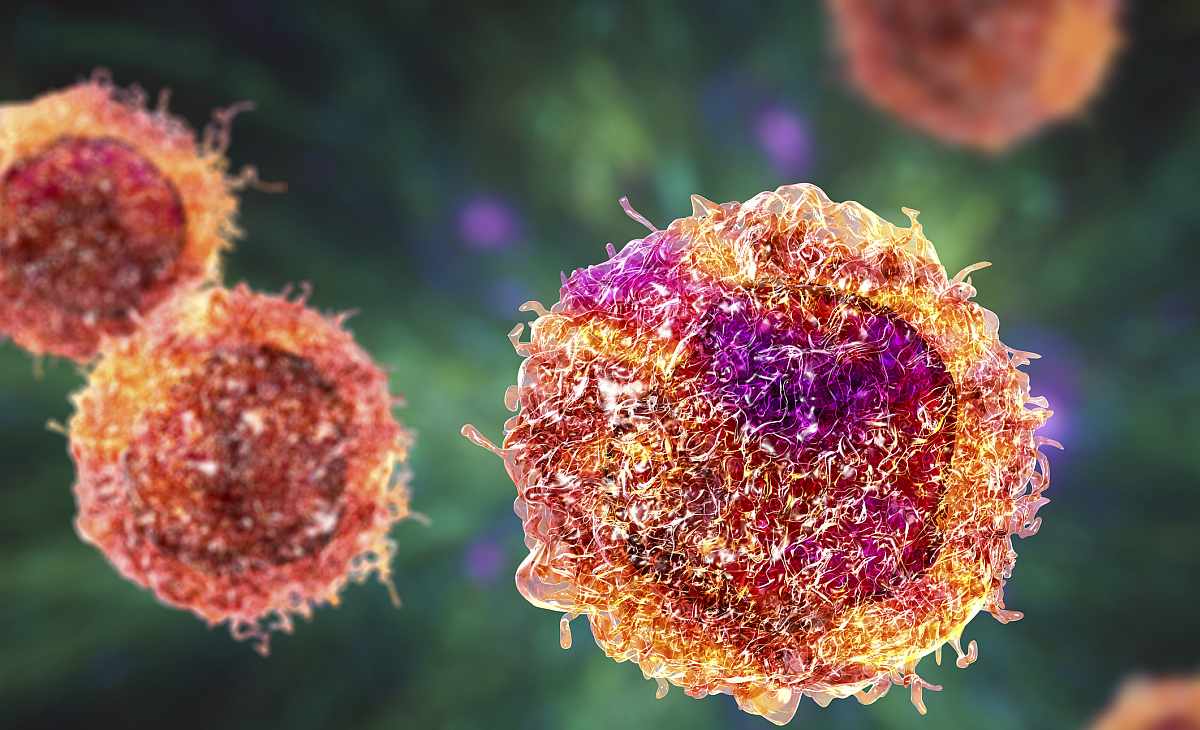Healthcare in the future will probably be personalised – with a lot of computing involved.
This interesting interview explains how computer technology is required for genomics, and that future careers will intersect with many areas of science. It is suitable for Year 10 Biology students learning about genetic screening and genomics.
Word Count / Video Length: 482 / 14:35 mins
According to Mileidy Giraldo, Lenovo’s Global Lead of Life Sciences, high processing computing and AI, personalised, precision health care “is a way of delivering patient care by tailoring treatments and medical decisions to the individual”.
Currently, much of our healthcare is based on the “average” person, but that poses a large problem – nobody is, in fact, “average”.
Our individual genetic code is unique and is even likely to change slightly within an individual’s body.
This happens because of cell replication. Each cell contains a copy of the genome, which holds genetic information that informs how the cell develops. In reproductive cells there is very little cell replication, but non-reproductive cells – called somatic cells – make more copies of themselves regularly.
However, when the genomic code is being copied during this process, mistakes can occur. These result in mutations, so many somatic cells will contain genomes with very slight differences. Some of these mutations result in cancerous cells and other disease-causing problems.
What this really highlights is how not average a person really is, because of the immense amount of tiny differences that are found both at a cellular and genetic level.
Thankfully, personalised precision healthcare aims to over come this by finding those individual differences and generating targeted therapies, instead of generic ones.
The caveat to this is that it requires huge amounts of data. Not only does each individual person have a genome of approximately 3 billion nucleotide pairs, but those small differences can occur over billions of changing cells.
This, then, also needs to be compared both within whole populations and between populations, so the data collected is absolutely immense. It’s just not feasible for it to collated by the human brain, so big-data, high-processing computer analysis is necessary to find correlations.
Using the computer tools can cut the time to assemble the genome for analysis from 150 hours to 19 minutes, according to Giraldo.
And this is just for a single moment in time, which, as we saw earlier, is not necessarily representative of the genomes contained inside new cells. This is especially important when looking at highly mutating diseases, like cancers and viruses.
Beyond the genomics, there are other process that go on in the body. Processes controlling how the genes are read and turned into proteins, as well as the function and shape of proteins, are insights that will hopefully be tracked in a similar way in the future.
But, again, all of this requires enormous processing power, and therefore experts who understand multiple fields to properly wield, troubleshoot and analyse the data.
So while the future may be personalised, it also requires researchers to bridge gaps between different areas of expertise. This can only be achieved with experts at the intersections between AI and machine learning, engineering and genomics.
When it comes to science and personalised health care, “the future of computing is hybrid” says Giraldo.
This article is republished from Cosmos. Read the original article.
Login or Sign up for FREE to download a copy of the full teacher resource




